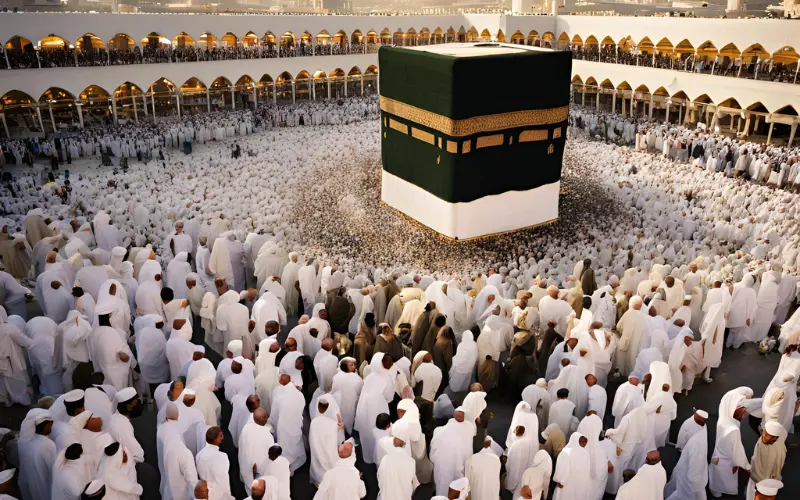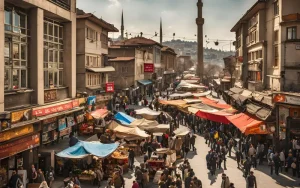What is Umrah?
Umrah is an Islamic pilgrimage to the holy city of Mecca, performed by Muslims at any time of the year. Unlike Hajj, which is mandatory for those who can afford it, Umrah is a voluntary act of worship. The pilgrimage allows Muslims to purify their souls and seek forgiveness.
The Importance of Umrah in Islam
Spiritual Significance
Umrah is a deeply spiritual journey. It gives pilgrims the opportunity to strengthen their faith, ask for forgiveness, and seek blessings from Allah.
The Difference Between Umrah and Hajj
While both are pilgrimages to Mecca, Hajj is obligatory and only performed during specific dates in the Islamic calendar, whereas Umrah can be performed at any time. The rituals for Umrah are also fewer than those of Hajj.
When is the Best Time for Umrah Travel?
Peak Seasons
Most pilgrims prefer performing Umrah during Ramadan or other Islamic months, which makes these periods busier. If you want to experience a more peaceful pilgrimage, consider visiting during the off-peak months.
Climate Considerations
Saudi Arabia’s climate can be very hot, especially in summer. The cooler months (November to February) are ideal for those looking to avoid extreme heat.
How to Prepare for Umrah
Visa Requirements
Before traveling for Umrah, ensure you have a valid visa. Most countries require pilgrims to apply for an Umrah visa, which is usually available through approved travel agents.
Physical and Mental Preparation
Umrah involves a lot of walking and physical exertion. It’s important to prepare by staying fit and healthy. Along with physical readiness, pilgrims should also focus on mental and spiritual preparation by reading about the rituals and reflecting on their intentions.
The Rituals of Umrah
Entering the State of Ihram
Before entering Mecca, pilgrims must adopt a state of Ihram, which involves wearing simple white garments and making the intention to perform Umrah. It symbolizes purity and unity.
Tawaf
Tawaf is the act of circling the Kaaba seven times in a counterclockwise direction. It’s a central part of the pilgrimage, symbolizing devotion to Allah.
Sa’i (Walking Between Safa and Marwah)
After Tawaf, pilgrims perform Sa’i, walking seven times between the hills of Safa and Marwah. This ritual commemorates Hagar’s search for water for her son, Ismail.
Shaving or Trimming the Hair
Men shave or trim their hair, while women cut a small portion of their hair to mark the completion of Umrah. This act signifies purification and a new beginning.
Tips for a Successful Umrah Journey
Travel Light
Bring only the essentials. Keeping your luggage light will make your journey more comfortable, especially during the long walks.
Stay Hydrated
The climate in Saudi Arabia can be harsh. Make sure to drink plenty of water and take breaks during your pilgrimage.
Respect Local Customs
Follow the local laws and customs during your stay in Saudi Arabia. Dressing modestly and being respectful in religious areas is essential.
Wrapping Up: Your Spiritual Journey Awaits
Umrah is a life-changing experience that requires preparation, both spiritually and physically. By following the proper steps and understanding the significance of each ritual, you can make the most out of your journey.
Whether it’s your first time performing Umrah or a return visit, remember that every pilgrimage is unique and special. Make your intentions pure, and embrace the blessings that come with this sacred journey.
Final Thoughts
Traveling for Umrah is more than just a trip; it’s a spiritual retreat that draws you closer to Allah. Prepare yourself, understand the rituals, and enjoy the peace and serenity that come with this incredible act of worship.



